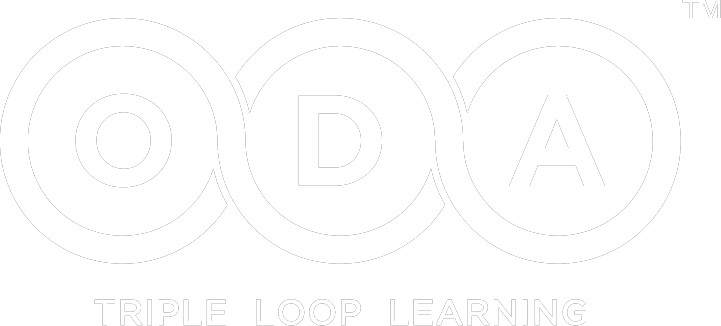- Home
- newsletter #7
- People management interventions for business impact
newsletter #7
“100% of customers are people. 100% of employees are people. If you don’t understand people you don’t understand business.” – Simon Sinek
People management interventions towards maximizing performance excellence has been a key driver for businesses. Organizations know that they need to have the best talent to be successful in this highly competitive and increasingly complex global economy. While organizations understand the need to hire, develop and retain the best talent however managing this talent to achieve the best results for the business continues to be work in progress for most.
The idea of managing talent is not new. Till a couple of decades ago, this was viewed as a peripheral responsibility best handled by the personnel office. Now, talent management is an organizational function that’s taken much more seriously.
Linking Talent to Value:
Some of the essential people management interventions towards driving performance excellence can be identified as empowerment, ownership, career progression. The focus today is on understanding employee’s strengths and thus the unique contribution they will make, from competency to strength-building and therefore the conversation has shifted to career and learning, rather than performance reviews. In this context, the role of leaders is understanding the requirement of linking talent to value in order to drive business.
Let’s understand this through a few examples. The concept of matching talent to value is often a precursor to breakthroughs. Consider Tesla’s effort to create a culture of fast-moving innovation, Apple’s obsessive user-experience focus, Google’s competitive advantage and Microsoft’s quality products and stellar reputation. These priorities are at the core of these companies’ value agendas and drives the business and keeps the talents engaged and motivated to deliver to their best potential.
The leaders at these high-performance companies understand that linking the right talent to the highest-value initiatives is as important as managing capital. This is not just an annual exercise: it is a never-ending, highest-priority discipline and a deliberate intervention. As per a study by Mckinsey, it has been observed that talent-related practice most predictive of winning against competitors was frequent reallocation of high performers to the foremost critical strategic priorities. In fact, “fast” talent reallocators were 2.2 times more likely to outperform their competitors on total returns to shareholders (TRS) than were slow talent reallocators.
Identifying and quantifying the worth of the foremost roles in a corporation may be a key step in matching talent to value. Introducing relevant people management interventions in the process of matching talent to value can be one of the key KPIs for the leaders in the organization to drive success and engagement. Companies can more closely connect their talent and their opportunities to make value by using quantifiable measures to find out from their organizations’ nooks and crannies to seek out the most critical roles, across discipline. They can define those jobs with clarity to make sure that top performers with the most relevant skills fill the roles. And they can put succession plans in situ for everyone. This has become all the more critical in the current pandemic era.
A recent survey by Microsoft revealed that 41 per cent of workers are brooding about resigning from their jobs. The pandemic has led to unimaginable changes in workplaces across the globe, leading HR professionals to be creative in inculcating new practices and trends. With a work environment being heavily influenced by factors such as health and economic downfall, it requires a tectonic shift in the traditional structures of the people policies and the thought process of leaders in the post pandemic era. Leaders are expected to understand that “people first”. As per studies by McKinsey. the top factors cited as reasons for quitting by employees were that they didn’t feel valued by their organizations (54 percent) or their managers (52 percent) or because they didn’t feel a sense of belonging at work (51 percent), whereas employers cited compensation, work-life balance, and poor physical and emotional health. These issues did interest employees, they were just not the priority for them. The Great Attrition is real, will continue, and would worsen before it gets better. Yet this unique moment also represents an enormous opportunity. By seizing this unique moment, companies could gain a foothold within the race to draw in, develop, and retain the talent they have to make a thriving post-pandemic organization and turn the Great Attrition into the Great Attraction. Employees are trying to find jobs with better, stronger career trajectories, desire both recognition and development.
By linking talent to value leaders can enable this transition. Linking talent to value isn’t a process that stops when roles are identified and matched to the suitable top talent. To garner the worth, leaders must manage these roles as actively as they would be doing capital investments and use real-time critical metrics. This kind of proactive linkage of talent to value should be the new normal for business leaders. Excellence may be a journey and involves constant striving for improvement, and therefore, performance excellence would wish continuous conversations and insights from both practitioners and researchers for more evolved people management interventions.
Please click here to download the latest OD PUBLICATION.


